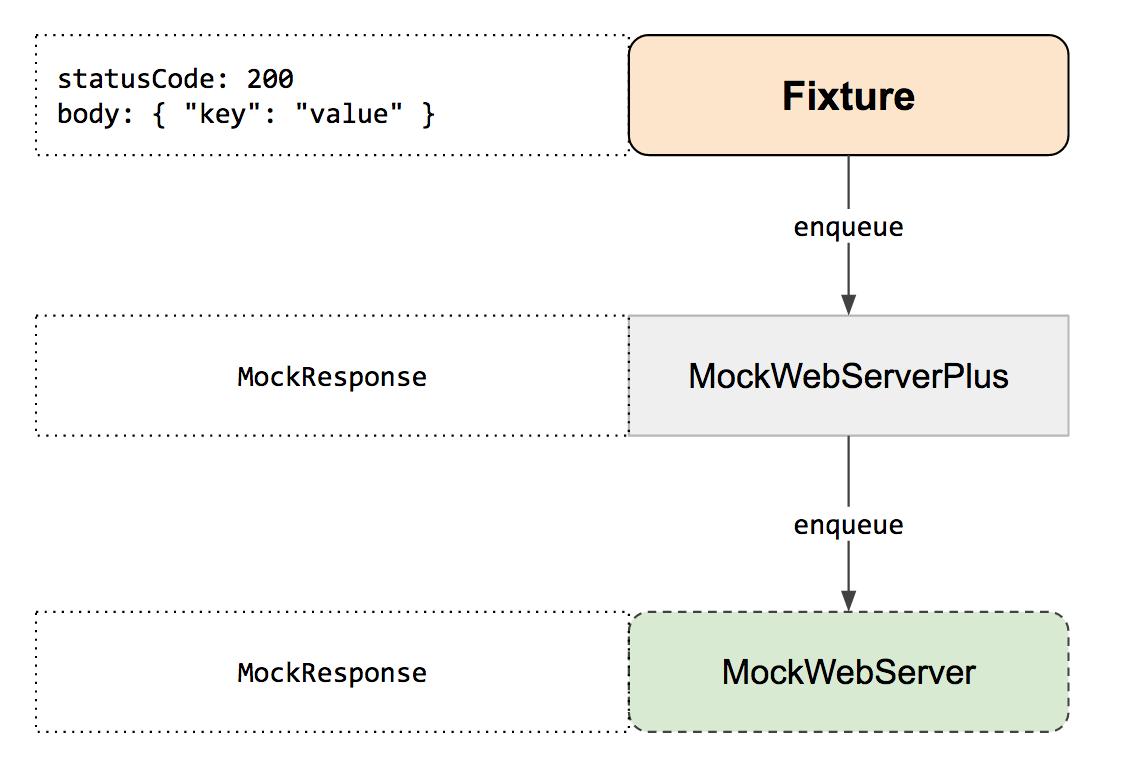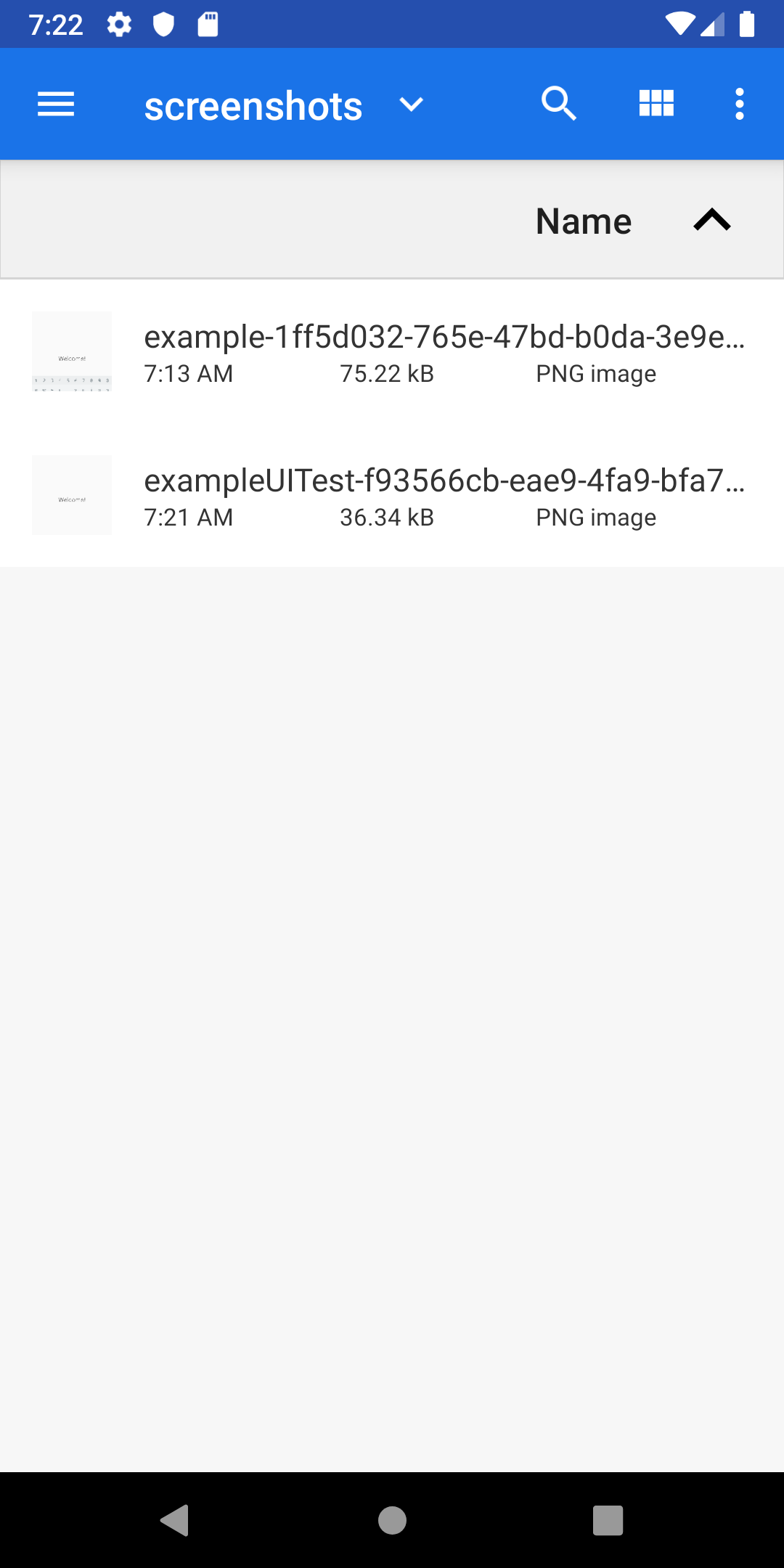

This post covers concrete code snippets, performance tips and technologies like Spring, JUnit5, Testcontainers, MockWebServer, and AssertJ for easily writing integration tests. You can rate examples to help us improve the quality of examples.

By default, MockServer is configured with a QueueMockServerHandler, which returns responses in the order theyve been enqueued. This way, we are finally testing the behavior instead of the implementation. These are the top rated real world Java examples of okhttp3.OkHttpClient extracted from open source projects. The enqueue function normally takes a MockResponse as a parameter, but it also supports a shorthand version that takes a String (both are shown above). To do this, theres the takeRequest method, which on my first read, I expected to need to be called at the same time as the HTTP request was outgoing. This is a part of the service class making the HTTP calls via a .function.client. Fortunately, it’s easy to write integration tests that hit all layers. I came across okhttps MockWebServer as part of Integration Testing Your Spring WebClients with okhttps MockWebServer, and wanted to verify that HTTP requests made by my HTTP clients were well-formed. SetupĪs always, add the dependencies: 3 okhttp 4.0.1 test 3 mockwebserver 4.0.1 test Here are some of the situations where MockWebServer can be a great help to write tests. ) The Spring team themselves recommend using this library. It’s important to note that even though it is, in fact, a non-blocking client and it belongs to the spring-webflux library, the solution offers support for both synchronous and asynchronous operations, making it suitable also for applications running on a Servlet Stack.Īfter deciding to keep the WebClient, I wanted to add tests for it and found MockWebServer, of course, also at Baeldung. Turns out that the Spring WebClient is perfectly suited for traditional calls, as Baeldung states: I never worked with this web client and thought that by accident, some reactive functionality was introduced. While reviewing code in one of my major projects, I saw a developer using the. Import. article briefly introduces the MockWebServer, a nice way to test HTTP calls from a Java application. In a terminal window, request a Spring Boot Maven project with webflux for reactive, okta for security and lombok:

The third-party service in this example is GitHub REST API.Ĭreate a microservice application using Spring Initializr and HTTPie. Start by building a simple microservice that returns the total count of a GitHub code search by keyword. Sets the dispatcher used to match incoming requests to mock responses.

Sets the number of bytes of the POST body to keep in memory to the given limit. Configure the server to not perform SSL authentication of the client. Prerequisites Create a Secure Microservice With Okta Authentication Returns the number of HTTP requests received thus far by this server. Use mock third-party authorization in WebTestClient.Carry out integration testing for code that uses WebClient.It was the first time I heard the term, but the concept seemed very intriguing, so I started researching it. One day, my mentor sent me an article that discussed hermetic tests. Access a third-party OAuth 2 resource with Spring WebClient Over the years, after dealing with test flakiness due to the dependencies surrounding them, I started searching for answers.Secure an application with Okta OIDC Login.It also tests that your code survives in awkward-to-reproduce situations like 500 errors or slow-loading responses. We’ll explore this in-depth in the following sections. MockWebServer is a library that takes our request, sets up the mock server, hits the localhost instead of the actual URL & returns the response which we have set. This feature is useful for secured applications that access third-party OAuth 2.0 resources. Spring Security 5 includes WebTestClient integration and SecurityMockServerConfigurers, which can be used to mock authenticated users and authorized clients during testing to prevent authorization handshakes. It can also bind to a controller or application context and simulate requests and responses without requiring a running server. With a testing interface wrapper to check replies, WebClient can be used to execute end-to-end HTTP testing and connect to a live server. The WebTestClient is also an HTTP client designed for application testing.
MOCKWEBSERVER ENQUEUE REGISTRATION
Support for filter registration means it can intercept and modify requests, which can be used for cross-cutting concerns such as authentication, as demonstrated in this tutorial. WebClient is a reactive HTTP client that provides a functional and fluent API based on Reactor, allowing declarative composition of asynchronous non-blocking requests. Spring Framework 5.0 introduced Spring WebClient as part of the WebFlux reactive web stack.


 0 kommentar(er)
0 kommentar(er)
